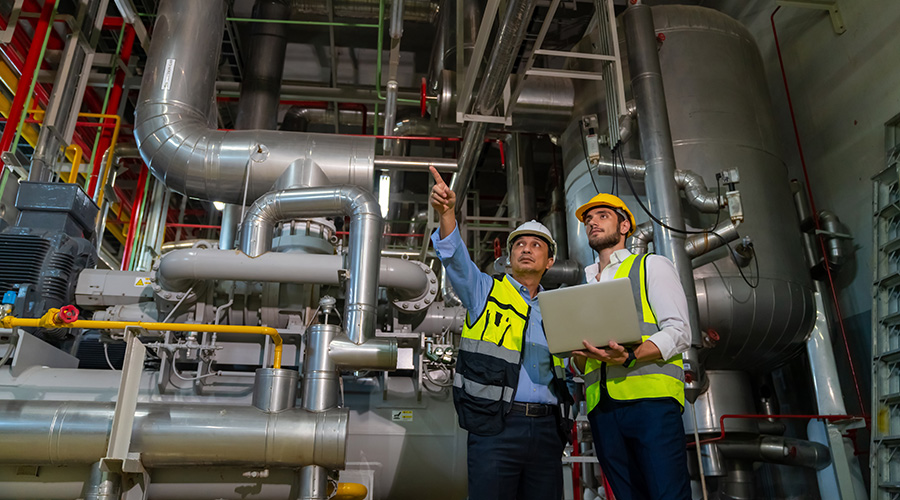Energy Efficiency In Tenant Spaces Should Be Focus At Lease, Expansion And Renewal Stages
The opportunity to use this approach to boost efficiency in tenant spaces presents itself with every new lease, expansion, and renewal, as the optimal time to enhance the cost-effectiveness of energy solutions is during tenant improvement fit-out or renovation. In addition, incorporating energy performance measures into a tenant's existing build-out plan minimizes the incremental cost and future construction disruption to the tenant.
Building owners and property managers can work in lockstep with the tenant pre-lease, as well as during the design/construction and post-occupancy phases.
The process begins early, and involves an integrated process and top leadership decision-makers to focus the team, sharing cross-functional knowledge while analyzing potential levels or tiers of energy-saving solutions. The analysis is timed with the standard design decision-making process and provides economic frameworks. The energy value analysis provides an investment summary to make more informed immediate and lease term decisions.
Understanding the shared value proposition led the Brandywine team to introduce Reed Smith, a global law firm, to the concept of paying less for energy use. The firm is a new tenant at Three Logan Square in Philadelphia and pays for metered energy use. CMI talked through the energy optimization process immediately following the execution of the lease and was able to understand priorities months before an architect and engineer were selected. With buy-in on energy performance, operational savings, and space quality as key design drivers, CMI is shepherding the team to carry out an energy value analysis of common-sense energy design alternatives that provide investment return.
After the design team has moved to the next project and the building operations teams take over, energy use data will allow for measurement and verification of the space's ongoing performance. For tenant participants in the demonstration project, data is an integral part of the overall management strategy, where facilities teams are working with CMI to monitor, trend, and better understand use patterns to home in on additional operational cost savings in their leased spaces. This energy data feedback loop improves timing and accuracy of ongoing facility operations.
The energy optimization process is an integrated, transparent, and quantification-based approach that encourages knowledge-sharing among the stakeholders that design, operate, manage, and occupy the space. Whether an organization is motivated by the potential for leadership recognition, better workplace quality, or energy cost savings, executive decision-makers who demand the project team view interior light, air, and technology systems as potential energy-saving investments can bank on a better overall outcome. By aligning interests between building management and tenants, the energy optimization process puts in place a strategic energy plan to enhance business value for today and the years ahead. n
Wendy Fok is project director, High Performance Demonstration Project of the Natural Resources Defense Council's Center for Market Innovation. She can be reached at wfok@nrdc.org.
Tenant Energy Efficiency:
New Tools to Meet Demand
The Natural Resources Defense Council has developed resource guides to help stakeholders capture the potential energy savings in tenant spaces. These are now available online to guide commercial office owners, managers, and tenants, providing a set of tools to help select cost effective energy-saving measures with strong payback that provide the greatest return on investment over the lease term. The resource guides are available at: nrdc.org/business/cgi/default.asp
For more about the growing demand for energy efficiency in buildings, including research into the economic benefits of energy efficient green buildings, go to: facilitiesnet.com/14153BOM
— Wendy Fok
|
Related Topics:














